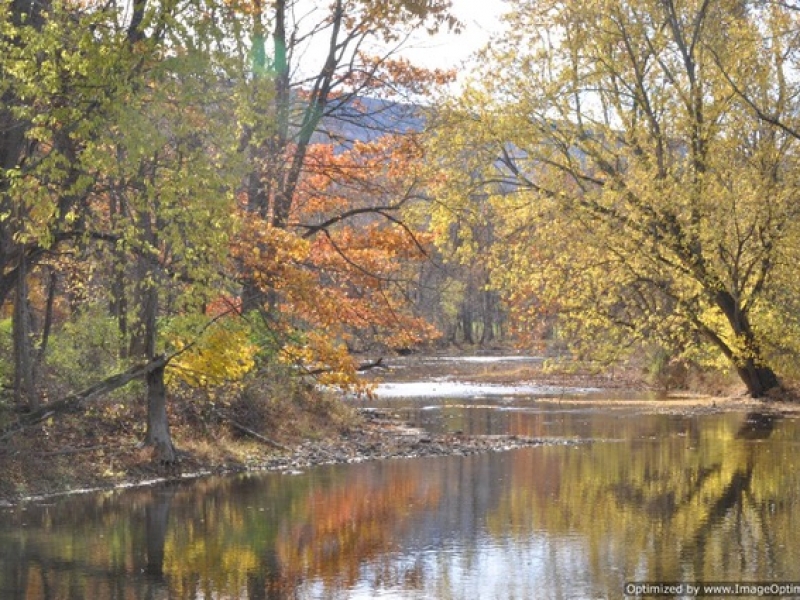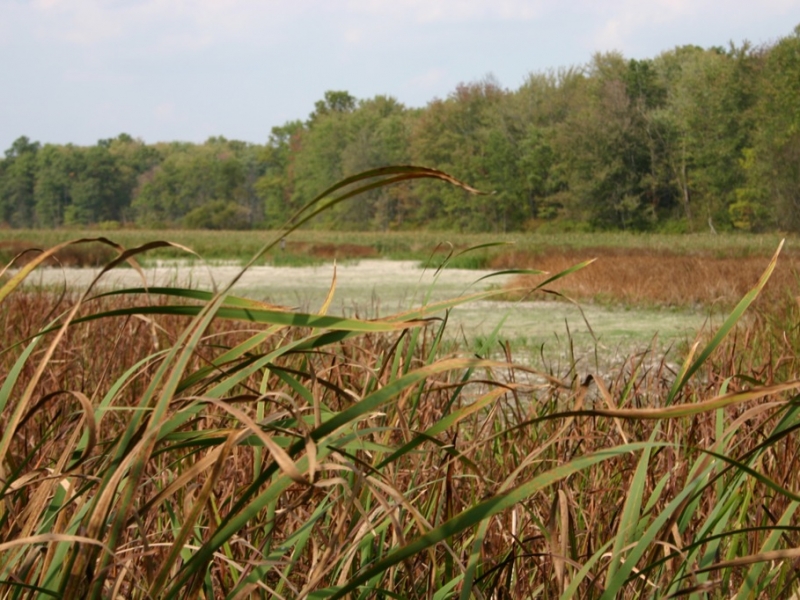Places We Protect
The environment, that which supports human and all other life, is always threatened by human desires for housing, road ways, business development, resource extraction and more. We depend on a healthy environment to provide the air we breathe, the water we drink, shelter, and the soil that provides our food.
The Linn Conservancy, through its conservation efforts, protects a diversity of habitats (as listed and described below) critical to maintaining a varied and vibrant environment for the benefit of all living things for current and future generations.
To explore a variety of these habitats, visit our walking trails and follow our Rural Routes and Rural Routes II guides.
Waterways
WATERWAYS are wildlife habitat, often a source of drinking water for our communities and provide many recreational opportunities for us. Our entire service area lies within the Susquehanna River Watershed. Major tributaries of the River include Buffalo Creek, Penns Creek, Muncy Creek, Middle Creek, Chillisquaque Creek. Maintaining high water quality within all of the sub-watersheds of the Susquehanna reaps benefits all the way to the Chesapeake Bay.
Vernal Pools
VERNAL POOLS are typically shallow, woodland bodies of water that dry by late spring or mid-summer. As such, they are devoid of fish. This is exactly what makes them perfect breeding grounds for a variety of amphibians. In late winter and early spring, these pools come alive with toads, salamanders and frogs which lay their eggs where their larval stages can mature minus predation by fish. They are essential for survival of many species.
Wetlands
WETLAND is a general term inclusive of fens, bogs, swamps, and marshes. These are nature’s water filters and groundwater recharge sites. They support plants tolerant of or dependent upon keeping their roots wet and animal species that require these habitats for their food, breeding and nesting sites.
Riparian Zones/Floodplains
RIPARIAN ZONES are the borders of waterways where trees and shrubs line the water course. Many spring wildflowers flourish in this environment. Deep rooted vegetation here stabilizes stream sides reducing bank weathering. These zones are often bordered by agricultural land from which soil and chemical (fertilizer, pesticide) runoff are intercepted and absorbed by these buffers before they can enter the waterway.
FLOODPLAINS left intact allow high water to be dispersed relatively harmlessly across a broad landscape. In doing so, flood potential in residential and commercial areas is reduced. Just as critical, the flow rate slows as the water spreads. This diminishes the erosive power of the water thereby reducing sedimentation in the waterway.
Forest Lands
FOREST LAND is abundant in central Pa. Forests are Earth’s lungs — absorbing carbon dioxide and yielding oxygen. Deep forest of contiguous acres is vital for survival of many secretive species of birds and other wildlife. With widespread cutting of our forests in the late 1800 and into the 1900’s, we lost our old growth forest in all but a few isolated spots. Loss of cover meant loss of cooling shade for waterways and caused severe erosion of forest soils which brought deterioration of water and stream bed quality through sedimentation. Forests have recovered and modern forestry techniques lessen the impact of lumbering. Unfortunately, much privately owned forested land is becoming increasingly fragmented. This makes good management strategies much more difficult to implement.
Agricultural Lands
AGRICULTURAL LAND is also some of the most favored land for housing and business developments. Yet in central PA, agriculture is among the top economic drivers. Preserving these farmlands helps assure our food security and employment for many. Scenic views across our farmland provide a sense of open space and connection with the land that supports us.
Meadows/Grasslands
MEADOWS/GRASSLANDS provide full sun for those wildflowers that thrive in such an environment. Ground nesting birds use the shelter of the vegetation for their nests. These fields abound with native bees, butterflies and other pollinators. And where they abut a forest edge, a shrubby transition zone (ecotone) provides habitat for many other species of wildlife.
Scenic Views
SCENIC VIEWS across our landscapes of farmland, forest, meadows and wetlands remind us that we live in a beautiful part of the world and that our small part of it is diverse in its geology, topography, vegetation and wildlife. We share it with many others and must strive to be proper stewards of our place on the planet.









